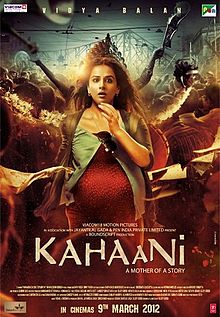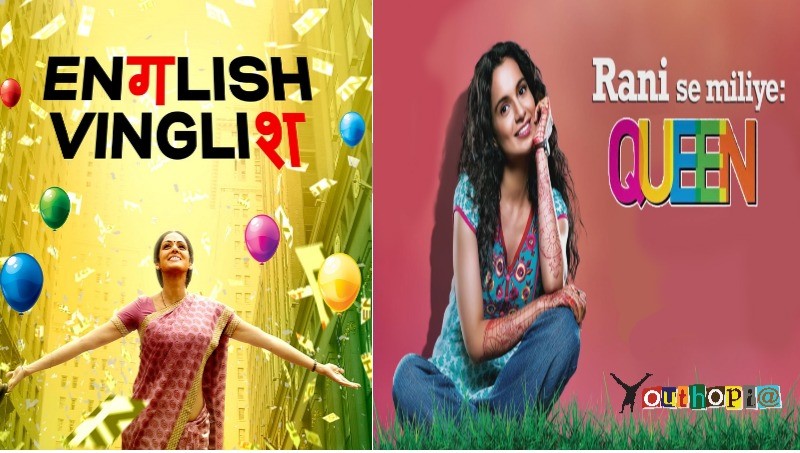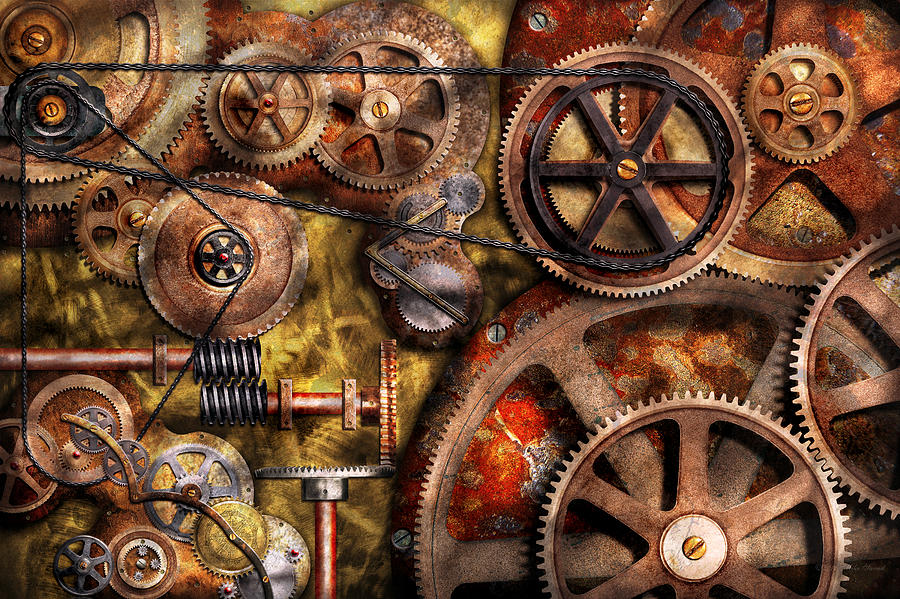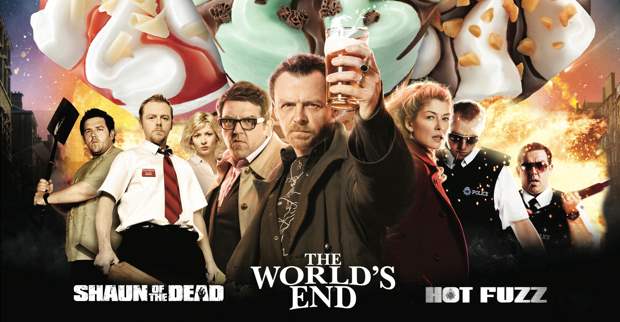Changing trends- Portrayal of woman in Indian Cinema
After much thought, I decided to write on the portrayal of women in Indian Cinema…a topic which has been making rounds after the super success of Vidya Balan at the box office with two hit movies back to back- The Dirty Picture and Kahaani. Controversies about women in lead roles have always existed, and they still do. Nowadays, I hear old people giving out their remarks about the earlier times, and what the world was like. They talk about how, in their time, REAL actresses like Meena Kumari, Vyjayanthimala and even my all time favourite Madhubala acted…and how today’s actresses like Katrina Kaif and Kareena Kapoor and the rest of their brigade don’t match up.
In earlier times, in the 1950s or 60s, a woman was just seen as someone who would do the domestic work and be submissive to her husband and in-laws. The portrayal of women in cinema however changed with the movie ‘Mother India’ But there was still a long journey ahead to see a woman as someone who could BE the entire movie, with no mention of the “hero”.
In the1970s and 80s, many movies were




